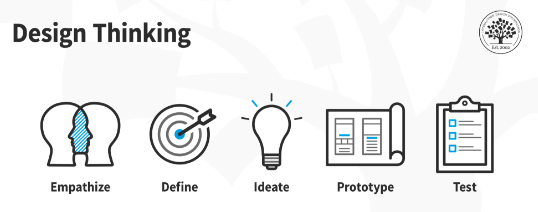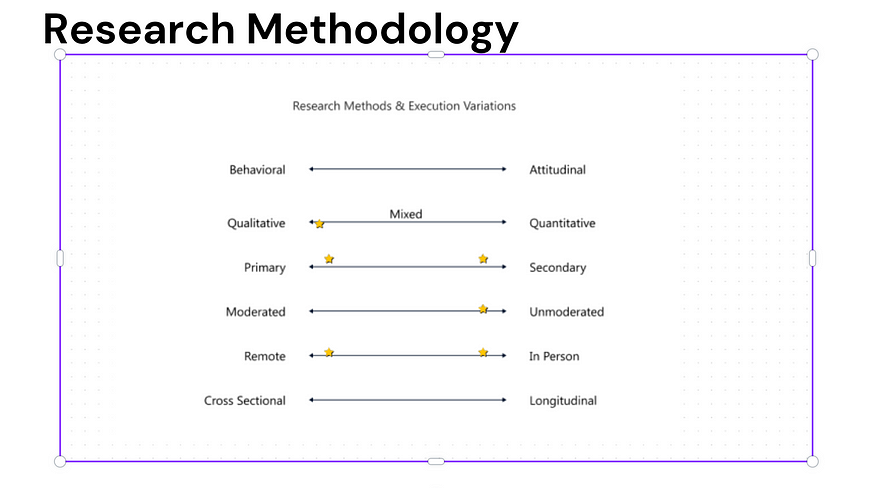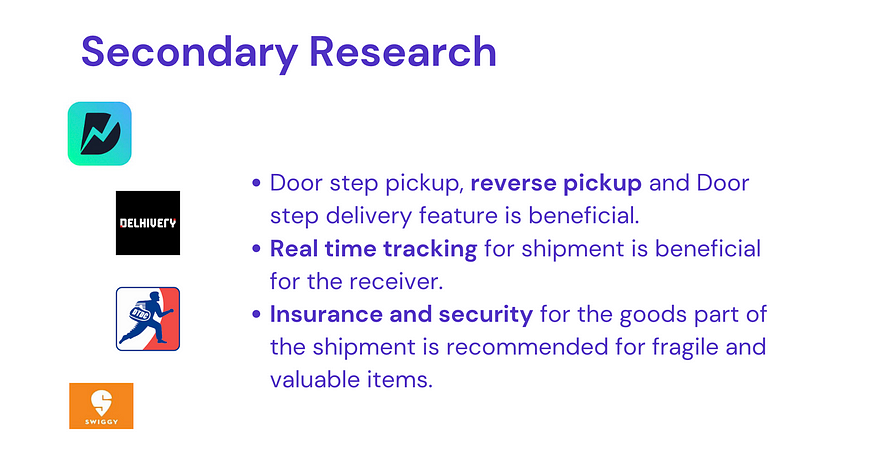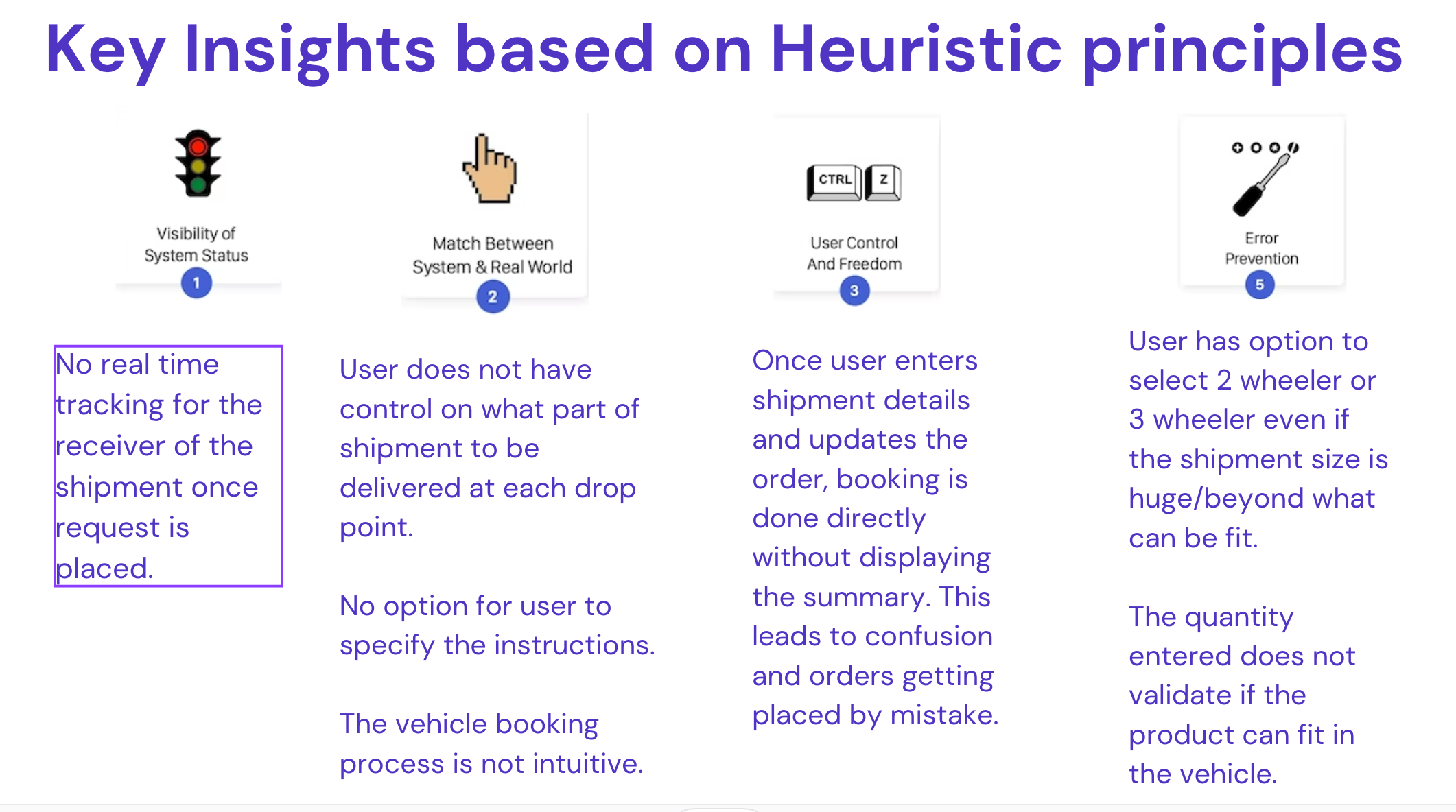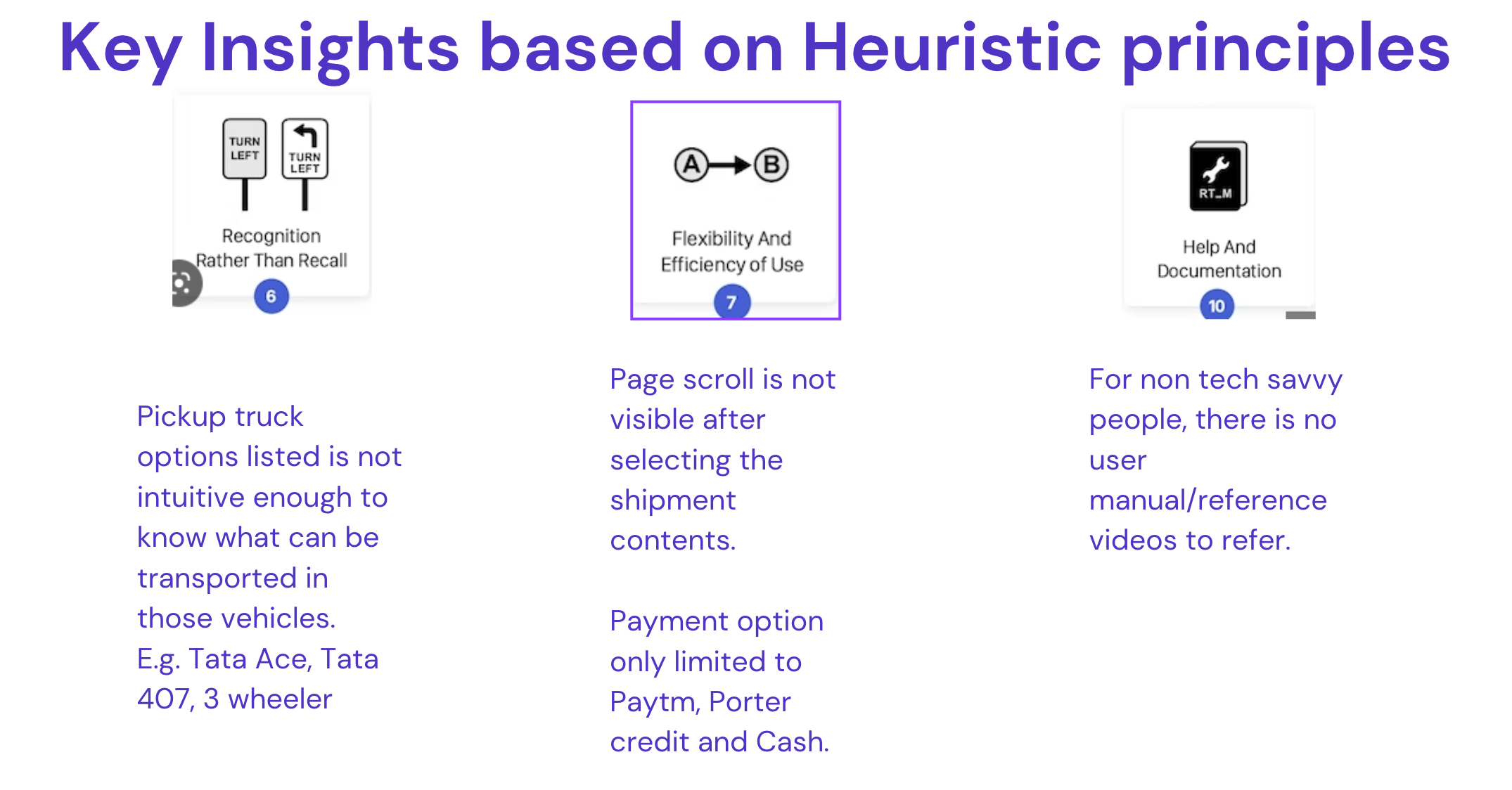Creating Empathetic solutions with Design Thinking - Discover — Research Phase
Framework used Double Diamond technique.
About the Author

Bopanna CJ is a Product Leader and an Alumnus of Exec. MBA in Product Leadership at the Institute of Product Leadership & CMR University. This article is published with the author’s permission and was first published on Medium
Discover — Research Phase(1 of 4)
In one of his classes, Dr. Ray Titus https://www.linkedin.com/in/rayptitus/ , a faculty member at IPL for Go-To-Market strategy, shared a valuable insight: ‘If you haven’t empathized well, you will likely define the problem incorrectly.’
This statement underscores the importance of:
a) Identifying the precise problem or unmet needs of your target consumers.
b) Developing a well-thought-out solution that either alleviates their pain or enhances their gain.
c) Ensuring a sufficiently large market to generate the momentum required to progress toward your north star.”
This blog is intended to illustrate how to apply Design Thinking using the Double Diamond technique to address points ‘a’ and ‘b’ mentioned earlier.
It aims to provide you with a framework and step-by-step guidance to navigate the five phases of Design Thinking for solving customer problems
I’ve crafted this blog with a focus on entry and mid-level Product Managers who are more inclined toward problem discovery and solutions rather than strategic thinking. In this blog, we will delve into a hypothetical problem statement for a real company, Porter, which you can find at https://porter.in/.
I collaborated on this blog with my fellow postgraduate students,
Sheela G https://www.linkedin.com/in/sheela-g-86a4b376/ and
Sathyanarayana Rao https://www.linkedin.com/in/sathyanarayana-rao-8b10b210/
under the guidance of Akash https://www.linkedin.com/in/akashchandan/ (https://medium.com/akashchandan).
The interviews we conducted feature real potential customers, or in this case, users of the Porter Android app. Please note that we chose to examine only the Porter Android app to avoid scope creep. This work doesn’t adhere to enterprise standards but serves as a demonstration of how to apply the skills we’ve learned in a real scenario.
The blog is structured as follows:
1. Introduction to the problem statement.
2. A detailed write-up on each phase preceding the application of the Double Diamond technique to solve the stated problem.
3. Preparatory material for each phase, designed to provide a deeper understanding of the subject.
4. A final section on how the learnings are applied to the problem statement.
It’s important to note that the problem statement won’t pertain to a greenfield project but rather an improvement on an existing product.
Problem statement :The Porter app is experiencing a high rate of cart abandonment among residential users (non-shopkeepers). The objective is to redesign the current app flow with the aim of reducing cart abandonment and increasing order conversions.
1. Double Diamond Framework for Design thinking .
Download the app to get a basic understanding of the app functionality
https://porter.in/?landing_page=nw&utm_content=nw
So lets look at Discover/Research phase of the First diamond
Ripping the brief
1. In this phase, we dive into understanding the project’s given ask. Typically, for a greenfield project, the approach might be expansive, but in our case, where the problem statement has a more defined scope, we’ll stay aligned with the specific request.
2. To address the problem statement effectively, we will:
3. Comprehend the Problem Statement: We aim to gain a deep understanding of the problem statement and clearly define the scope of work required for our investigation.
4. Prepare a Discussion Guide: To ensure everyone on the project team is on the same page and speaks the same language, we’ll create a discussion guide.
This guide will serve as a crucial tool to facilitate productive discussions and keep the project aligned with its objectives.
In this stage of ‘Rip the Brief,’ the team collaboratively defines the experiment that will be conducted with the test participants. The experiment is designed as follows:
Objective: Clearly state the desired outcome or insight you aim to gain from the experiment.
Hypothesis: Formulate a clear hypothesis that you intend to test during the experiment.
Methodology: Describe the specific methods and procedures that will be used to conduct the experiment.
Variables: Identify and define the variables that will be measured or observed during the experiment.
Participants: Specify the target participants or users who will be involved in the experiment.
Data Collection: Detail how data will be collected, recorded, and analyzed throughout the experiment.
By structuring your explanation in this manner, it becomes more organized and easier for your audience to follow the process of defining and conducting the experiment as part of the ‘Rip the Brief’ phase.
The experiment goes as follows .
Experiment 1: Reducing Bill for Home Construction Tiles Shipment
Objective: The objective of Experiment 1 is to assess participants’ booking behaviour when transporting a consignment of tiles for home construction and encourage them to find ways to reduce the cost.
Procedure:
a. Task: Request test participants to book a tempo for transporting 300 boxes, each measuring 1ft L * 1ft W * 1ft H, with 10 tiles in each box.
b. Objective: Participants must actively seek ways to reduce the total bill when booking the service.
Experiment 2: Dual Destination Tile Shipment
Objective: Experiment 2 aims to evaluate participants’ interaction with the booking system when transporting 300 boxes of tiles for home construction, with a twist of delivering 200 boxes to destination A and 100 boxes to another location.
Procedure:
a. Task: Request test participants to book a tempo for transporting 300 boxes, each measuring 1ft L * 1ft W * 1ft H, with 10 tiles in each box.
b. Objective: Participants must arrange to deliver 200 boxes to destination A and the remaining 100 boxes to another designated location.
By structuring your experiment descriptions in this way, you provide a clearer understanding of the objectives and tasks for each experiment.
Research Areas and Methods:
In our brainstorming session, the team discussed how to effectively conduct the experiment. The outcome of our exercise is as follows for our current project:
1. Qualitative Study:
- Method: Conduct unmoderated interviews.
- Format: Interviews can be conducted remotely or in person.
2. Primary Research:
- Method: Place orders and engage with the Porter app to gain firsthand experience.
- Focus: Evaluate the overall Porter app experience, customer support, and more.
- Heuristic Evaluation: Apply heuristic principles to assess the maturity of the Porter app’s UI design.
3. Secondary Research:
- Method: Conduct secondary research on competitors of the Porter app.
- Objective: Examine competitors’ offerings and strategies.
By structuring your research areas and methods in this manner, you provide a clear and organized overview of your approach to tackling the problem statement and conducting the experiments.
For the Porter app experiment the below was the outcome
The discussion guide is an invaluable tool for interviewers, ensuring consistency and enabling the generation of meaningful insights. It acts as a script, helping interviewers ask a standardized set of questions. This document is dynamic and can be updated as needed until the desired quality of answers is achieved. It’s a crucial element in the research process to maintain homogeneity and ensure a productive interview.
By structuring your explanation this way, you emphasize the significance of the discussion guide and its role in the research process.
Interviewing a consumer is both art and science . It can only come through practise .Never shy away from interviewing your customer .
Creating a discussion guide for your Porter app experiment is a crucial step in ensuring that your interviews are structured, consistent, and produce valuable insights. Below is an outline of the content you might include in your discussion guide:
Introduction:
Introduce yourself and explain that the following experiments are designed to assess the usability of the app. We want to evaluate how intuitive the app’s design is in guiding customers to perform tasks. Request the customer to speak out loud about their thoughts while performing the tasks. Ask for clarifications if needed.
Introduction to the topic:
Start the interview by introducing yourself and your purpose.
Explain the overall goal of the discussion and the importance of the participant’s input.
Background Questions:
Ask about the participant’s experience with the Porter app, if any.
Inquire about their role or involvement in the context of using such services.
Understand their familiarity with similar apps or services.
Understanding the Problem Statement:
Present the problem statement: “Reducing cart abandonment and increasing orders for residential users.”
Ask for the participant’s initial thoughts or perceptions about this problem.
Before we begin the exercise, we would like to ask a few questions to gauge your understanding of the subject.1. Have you ever transported or shifted items/materials from Point A to Point B?
— If yes, please explain how you did it.
— If no, do you know of any services that offer this?Ask additional clarifying questions to understand the depth of the customer’s knowledge on the subject.
Conduct the Experiment &Related Questions (Experiment 1 and 2):
For Experiment 1 (Reducing Bill):
a. Describe the task: Booking a tempo for tile shipment.
b. Ask participants to narrate their thought process in trying to reduce the cost.
c. Inquire about specific strategies or actions they considered.For Experiment 2 (Dual Destination):
a. Describe the task: Booking a tempo for tile shipment to dual destinations.
b. Ask participants about their experience, any challenges faced, or any improvements they would suggestAfter completing or if unable to complete the tasks, ask the following clarifying questions:
a. What did you like about the Porter app when you were performing the tasks?
b. Was there anything unclear during the booking process?
c. What do you think caused the lack of clarity?
d. On a scale of 1–5 how easy was it use the app
e. On a scale of 1–5 how easy was it to find relevant info for booking
f. How would you rate your overall experience of booking on the
Porter App on a scale of 1– 5 for the given task
(1: easiest — 5: most difficult)?Wrap-up:
Thank the participant for their valuable input.Ask if they have any additional comments or insights to share.Inform them about next steps or potential follow-up actions.
Closing:
End the interview by expressing gratitude for their time and participation.
Provide any necessary information about the research process or further communication.
Remember that the discussion guide is flexible and can be adjusted based on the flow of the interview and the quality of responses. It serves as a roadmap for interviewers to ensure that they cover all essential aspects while allowing room for natural conversation and unexpected insights.
Heuristics principles to identify opportunities to improve the app or web design
10 Usability Heuristics for User Interface Design (nngroup.com)
Nielsen’s Heuristics: 10 Usability Principles To Improve UI Design
To work with UI means finding ways to develop interactions that allow the user to have a better experience. The UI can…
Pre read : On how to interview a customer or user of your app. Well this could be huge topic on its own for now the basics are well covered below .
The Product Manager’s Guide to Interviewing Customers
How to be an empathetic listener — but a focused questioner
How Product Managers can conduct insightful customer interviews
Data will tell you what happened. The customer will tell you why it happened.
The Complete Guide to Customer Interviews for Product Management
Identifying your target audience, hunting them down for a meeting, and once there asking them the right questions to…
Explore Our Programs
Institute of Product Leadership is Asia’s First Business School providing accredited degree programs and certification courses exclusively in Product Management, Strategy, and Leadership.
Talk to a counselor today and embark on your journey towards becoming an exceptional product manager.
Whether you’re seeking advice on career paths, looking to enhance your skills, or facing challenges in your current role, our counselors are ready to provide valuable insights and actionable strategies.
